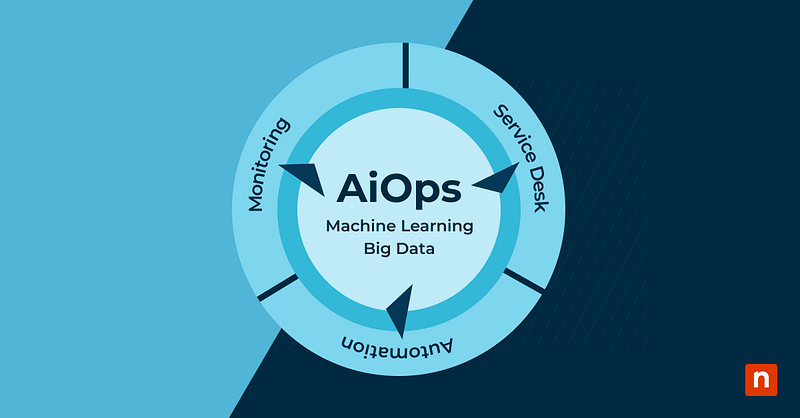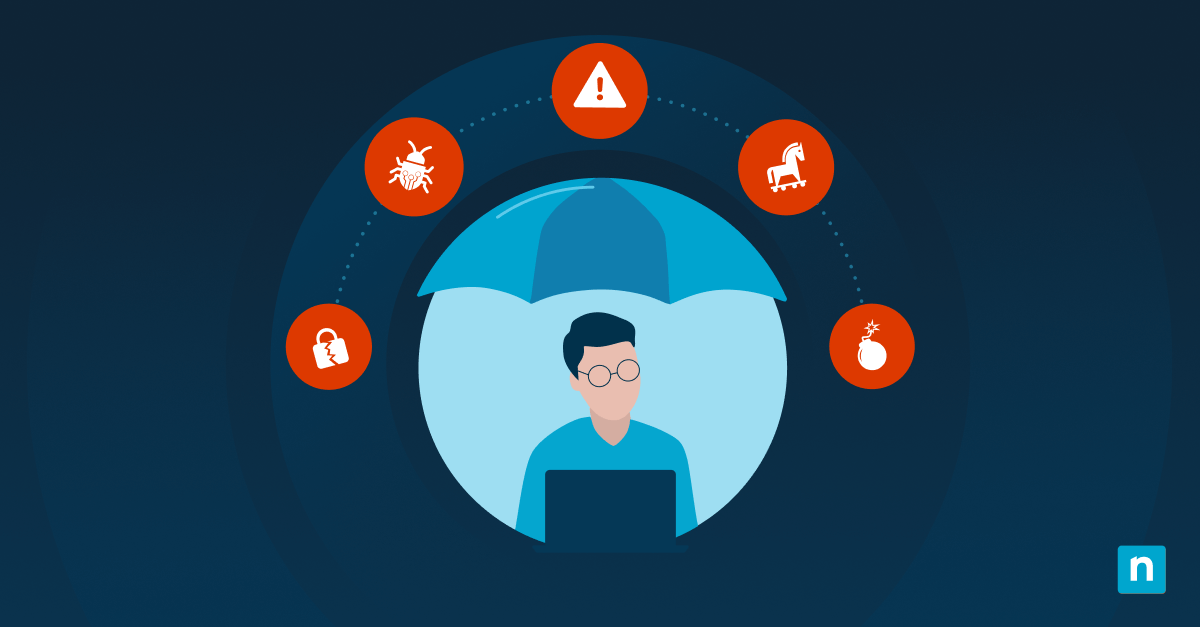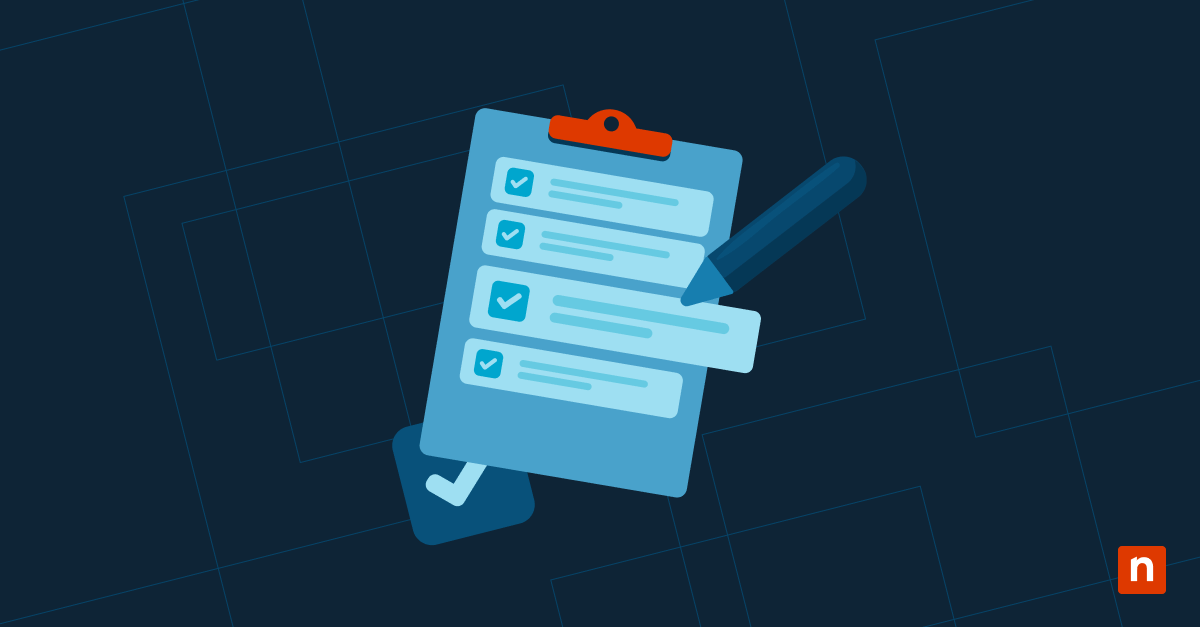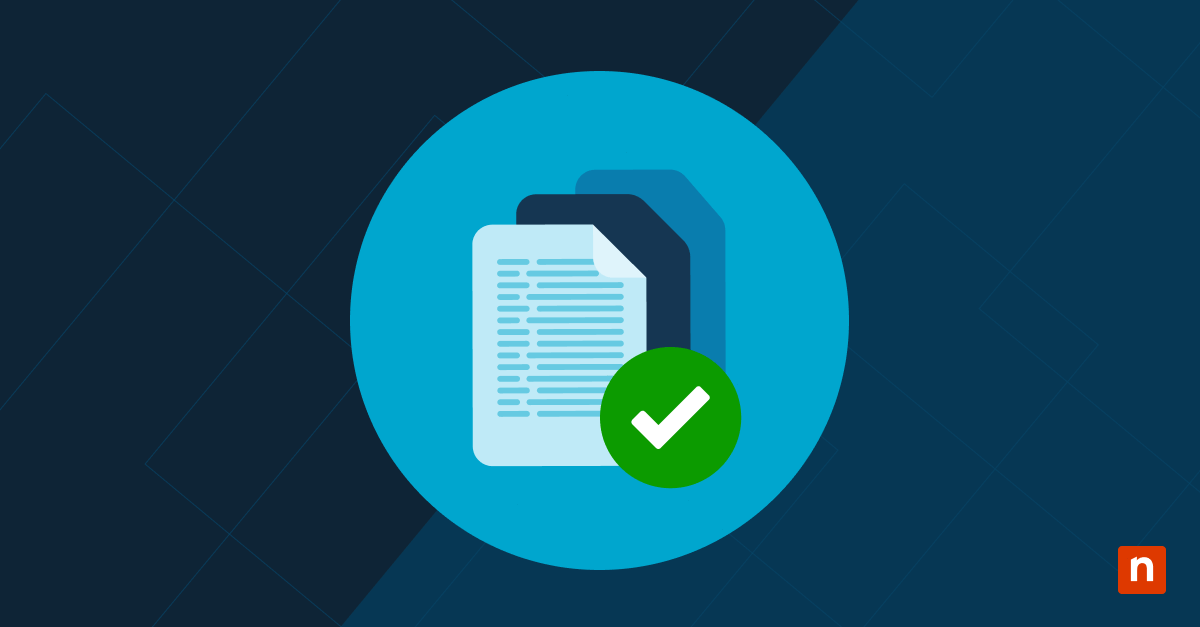Key Points
What Is AIOps?
- AIOps (Artificial Intelligence for IT Operations) uses AI, machine learning, and big data analytics to automate and improve IT operations.
Core Benefits
- Noise Reduction: Filters alerts to reduce alert fatigue
- Accelerated Root Cause Analysis: Decreases mean time to resolution (MTTR)
- Predictive Intelligence: Identifies issues before they escalate
- Operational Efficiency: Automates routine tasks and optimizes resource allocation
Why Adopt AIOps?
- Manages complexity across hybrid-cloud and legacy systems
- Supports dynamic workloads and scaling
- Strengthens security and compliance
- Aligns with DevOps, cloud-native, and agile methodologies
Implementation Best Practices
- Define clear business-aligned goals for AIOps adoption
- Start with focused pilot use cases
- Ensure high-quality, integrated data from all relevant sources
- Encourage collaboration between IT operations
- Choose tools that integrate with existing infrastructure
The main challenges in IT operations are ever-increasing complexity, diverse technologies, the relentless pace of change. It also requires a skilled team that can keep in step with the never-ending evolution of technology. Traditional approaches to IT operations struggled to keep up with the sheer volume and dynamic nature of modern IT environments.
The coexistence of on-premises infrastructure, requires an adaptive approach to IT operations. Artificial Intelligence for IT Operations, commonly referred to as AIOps, plays a pivotal role in navigating this complexity. It does this by automating routine tasks, predicting issues before they occur, and optimize overall system performance.
Integrating AI into IT operations provides a data-driven and intelligent approach to IT operations that enhances efficiency, streamlines processes, and proactively addresses challenges.
Understanding the significance of AIOps is fundamental for organizations striving to stay competitive and resilient in the digital era. This guide explores the foundations of AIOps, and its crucial role in revolutionizing IT operations.
What is AIOps?
At its core, AIOps is a methodology that integrates AI, ML, and big data analytics to enhance IT operations:
- AI and machine learning algorithms: AIOps platforms leverage AI and ML algorithms to analyze data and recognize patterns. These algorithms learn from historical data to predict future events, enabling proactive decision-making.
- Big data analytics: The abundance of data in IT environments requires powerful analytics capabilities. AIOps platforms utilize big data technologies to process and analyze vast datasets, extracting valuable insights for informed decision-making.
- Data integration and correlation: Effective AIOps require the integration and correlation of data from diverse sources, including logs, metrics, and events. A unified view enables a comprehensive understanding of the IT landscape.
These components work together to continuously analyze massive datasets, and using this intelligence to make informed decisions. AIOps strives to move beyond reactive approaches, allowing IT teams to predict, prevent, and respond to incidents more effectively.
Improve IT efficiency by automating the most time-consuming tasks.
Automation in AIOps
Automation is a cornerstone of AIOps. Routine tasks, such as incident detection, resolution, and resource provisioning, are automated to increase efficiency and reduce manual intervention.
Automation in AIOps brings numerous benefits, including faster response times, reduced operational costs, and the ability to allocate human resources to more strategic initiatives rather than routine maintenance.
Why use AIOps?
In traditional IT operations within enterprise environments, multiple challenges emerge. Particularly as organizations grapple with diverse infrastructures, including on-premises data centers, cloud services, and complex hybrid estates.
These challenges can impede the efficiency, agility, and responsiveness of IT operations with common IT Operation concerns including:
- Integration and management: In hybrid environments, organizations often operate a mix of legacy systems and modern, cloud-native applications. Integrating and managing this diverse ecosystem becomes complex, leading to siloed information and difficulties in communication between on-premises and cloud-based components.
- Scaling: Scalability poses another significant challenge. Traditional IT operations often struggle to adapt to dynamic workloads and rapid resource scaling inherent in cloud environments. Scaling up or down based on demand becomes a manual and time-consuming process. This hinders the ability to optimize resource utilization efficiently.
- Information security: Security considerations add a layer of complexity, especially in hybrid and multi-cloud environments. Traditional IT operations may face challenges in enforcing consistent security policies across diverse platforms, leading to potential vulnerabilities and compliance risks. Ensuring a cohesive security posture across on-premises and cloud-based assets requires a nuanced and adaptive approach.
- Monitoring and management: Legacy monitoring and management tools, designed for on-premises environments, may struggle to provide comprehensive visibility in the cloud. The lack of unified monitoring exacerbates the difficulty of identifying and resolving issues promptly. Ensure that monitoring tools evolve to effectively capture the intricacies of cloud-native architectures.
- The pace of change: Traditional IT operations often face challenges in embracing rapid innovation. Cloud-native development practices and DevOps methodologies enable quick releases and continuous integration, fostering innovation. Traditional processes and cultural resistance may impede the seamless adoption of these practices.
Addressing these challenges requires a shift in mindset. There needs to be an adoption of modern tools and practices, and a holistic approach to IT operations.
AIOps addresses these challenges by providing predictive insights. This enables IT teams to proactively address issues.
Visualize the real impact of AIOps in this brief video: ‘What is AIOps? (Artificial Intelligence for IT Operations)’.
AIOps implementation steps
Developing an effective AIOps strategy involves understanding organizational goals, assessing current IT operations, and aligning AIOps initiatives with broader business objectives. It requires collaboration between IT and business stakeholders to ensure a holistic approach.
The steps required to successfully AIOps include:
- Assessing organizational needs and objectives: Begin by understanding the specific needs and objectives of your organization. Identify pain points, areas for improvement, and the desired outcomes from implementing AIOps. This assessment forms the foundation for a targeted AIOps strategy.
- Defining use cases: Clearly define the specific use cases where AIOps can bring value. Whether it’s incident management, performance optimization, or capacity planning, articulating use cases helps in selecting appropriate AIOps features and functionalities.
- Selecting suitable AIOps platforms: Research and evaluate AIOps platforms based on their features, scalability, and compatibility with your existing infrastructure. Consider factors such as machine learning capabilities, data integration, automation, and vendor support. Choose a platform that aligns with your organization’s goals.
- Integrating AIOps into existing workflows: Seamless integration with existing workflows is crucial for the success of AIOps. Ensure that the chosen AIOps platform can integrate with your current IT management tools. This integration fosters collaboration and ensures a unified operational environment.
- Data preparation and integration: Prepare your data for AIOps by ensuring it is clean, normalized, and accessible. AIOps relies on data-driven insights, so effective data integration across various sources is essential. Implement connectors and integrations to collect data from different IT components, including logs, metrics, and events.
- Establishing baselines and thresholds: Define baseline performance metrics and thresholds for normal behavior. AIOps relies on understanding what “normal” looks like to identify anomalies and potential issues. Establishing baselines helps the system differentiate between expected variations and actual problems.
- Implementing automation techniques: Leverage AIOps automation features to streamline routine tasks. This may include automated incident detection, resolution, and resource provisioning. Automation enhances efficiency, reduces manual intervention, and allows IT teams to focus on more strategic aspects of operations.
- Training and educating IT teams: Provide comprehensive training to IT teams on how to effectively use AIOps tools and interpret insights generated by AI and machine learning algorithms. Education is crucial for maximizing the benefits of AIOps and ensuring that teams can adapt to the new operational paradigm.
- Establishing continuous monitoring and refinement: Implement continuous monitoring processes to track the performance of AIOps in real-time. Regularly refine and update AIOps algorithms and configurations based on changing organizational needs, evolving IT environments, and feedback from IT teams.
- Measuring and analyzing results: Establish key performance indicators (KPIs) to measure the impact of AIOps on operational efficiency, and overall system performance. Analyze these results to identify areas of improvement and opportunities for further optimization.
By following these steps, organizations can systematically implement AIOps. It has capabilities to enhance IT operations, improve efficiency, and proactively address challenges in today’s dynamic and complex technological landscapes.
AIOps is integral to digital transformation, enabling organizations to evolve from reactive to proactive IT management. It aligns with the broader goal of achieving agility, resilience, and innovation in the face of digital disruption.
Measuring the Return on Investment (ROI) of AIOps initiatives involves assessing factors such as
- improved incident response times
- reduced downtime
- operational cost savings
Quantifiable metrics provide insights into the effectiveness of AIOps implementations.
AIOps for IT security
AIOps contribute significantly to IT security by automating threat detection, response, and analysis. Its ability to process and correlate large volumes of security data enables rapid identification and mitigation of potential threats.
AI-driven threat detection involves analyzing patterns and anomalies in security data. AIOps platforms can automatically respond to security incidents, reducing the time it takes to identify and neutralize threats.
Security considerations in AIOps include securing the platforms themselves and protecting the sensitive data processed by these systems. Robust encryption, access controls, and regular security audits are essential components of a secure AIOps implementation.
Regulatory compliance is crucial in AIOps, especially when dealing with sensitive data. Organizations must ensure that their AIOps implementations comply with relevant data protection and privacy regulations.
AIOps automation and predictive AIOps
AIOps automation streamlines routine tasks, including monitoring, incident detection, and response. This allows IT teams to focus on strategic initiatives while improving of day-to-day operations.
Predictive AIOps utilizes machine learning models to forecast potential incidents before they occur. By analyzing historical data and identifying patterns, predictive AIOps empower organizations to implement preventive measures, reducing the likelihood of system disruptions.
Predictive analytics in AIOps offer several benefits, including improved system reliability, reduced downtime, and enhanced user satisfaction. By addressing issues before they impact operations, organizations can achieve a more resilient and responsive IT infrastructure.
Real-world examples of predictive AIOps include:
- Proactive failure detection: The early detection of hardware failures, network issues, or impending security threats. This is done with the use of sensors, monitoring, and data pattern analysis.
- Network performance optimization: Analysis of historical network data enables the identification of usage patterns and bottleneck forecasting.
- Capacity planning: In periods of increased demand, predictive AIOps can automatically scale resources. Some examples such as virtual machines or containers that ensure that the infrastructure can handle anticipated workloads without performance degradation.
- Preventing security threats: Machine learning models can analyze historical security data to identify patterns associated with malicious activities. Predictive AIOps can then alert security teams to potential threats, enabling rapid response and proactive countermeasures.
- Cloud cost management: Predictive AIOps can analyze usage patterns, historical cost data, and forecasted workloads. It does this to optimize resource provisioning, enabling organizations to scale resources cost-effectively.
AIOps training and skill development
As AIOps becomes integral to IT operations, training IT professionals in AIOps concepts, tools, and methodologies is essential. This ensures that teams can effectively leverage AIOps to enhance operational efficiency. Online courses, workshops, and certifications are available to facilitate AIOps education. These resources cover AIOps fundamentals, platform-specific training, and advanced topics in AI-driven IT operations.
Certifications in AIOps are few, but a small number of organizations offer foundation courses in AIOps. All major technology vendors offer courses and certifications in AI from foundation level to expert, which could be combined with skills in technology operations to advance expertise in AIOps.
Get a more in-depth analysis of AIOps and how you can best use it.
📖 Read our blog on “AIOps vs. MLOps“.
The transformative power of AIOps
The AIOps approach is multifaceted, encompassing AI, machine learning, big data analytics, and automation to redefine IT operations. AIOps is more than a technological trend. It represents a paradigm shift in how IT operations are conceived, managed, and optimized.
AIOps is a developing discipline, with new technologies and initiatives coming to market regularly. Delving deeper into AIOps is worthwhile, exploring its applications and refining strategies, with a view to adopting AIOps is a cornerstone for improved IT efficiency, resilience, and performance. As organizations navigate the dynamic technology landscape, AIOps has emerged as a catalyst for innovation and success.








